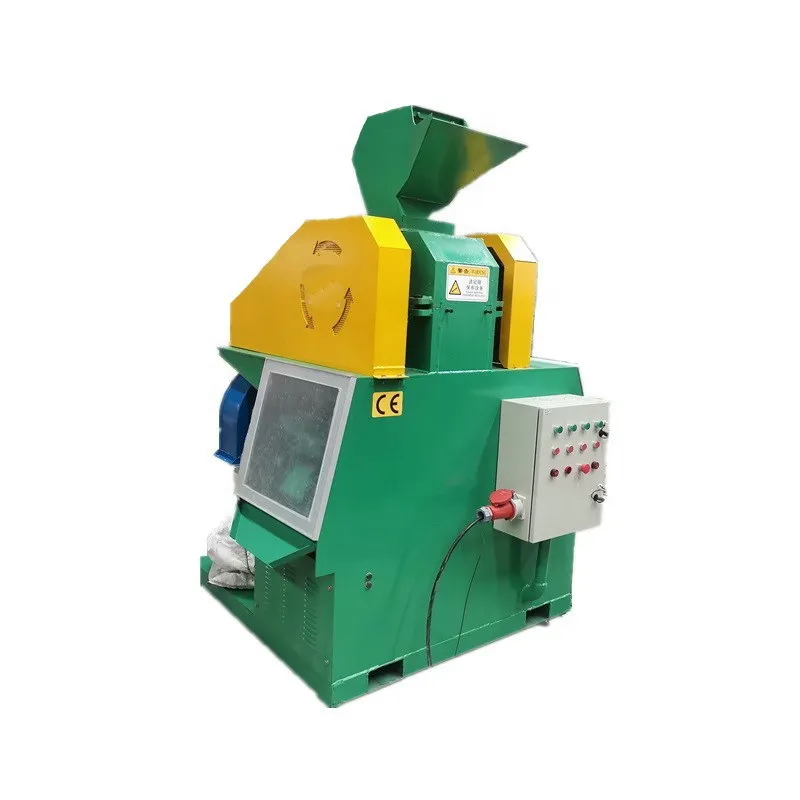

Th11 . 16, 2024 07:35 Back to list
How to Get Rid of a Broken TV A Comprehensive Guide
Dealing with a broken television can be frustrating, especially when you've grown accustomed to its presence in your daily life. However, it's essential to understand the best and most responsible ways to dispose of it, rather than simply leaving it to gather dust or sending it to a landfill. Here are some effective strategies to help you get rid of your broken TV.
1. Assess the Condition
Before you decide what to do with your broken TV, take a moment to assess its condition. Is it completely non-functional, or does it have minor issues that could be repaired? If the television can be fixed relatively cheaply, consider whether it's worth making the investment. Sometimes, a simple repair can prolong the life of your device significantly.
2. Explore Repair Options
If your TV is showing signs of life but needs repairs, investigate local repair shops or even check if the manufacturer offers repair services. Many electronics retailers have repair programs, allowing you to compare the cost of repairs with purchasing a new device. If the repair is feasible and affordable, it might be worth considering to prolong your TV's life.
If your TV is only slightly broken, it may still be useful to someone else. Many charitable organizations accept electronics donations, provided they're in working condition or could be easily repaired. Reach out to local shelters, schools, or non-profits to see if they could benefit from your old television. Be sure to check their policies on accepting electronics, as regulations can vary.
4. Recycle the TV

If the television is too broken to be repaired or donated, recycling is the next best option. Electronics contain materials that can be harmful to the environment, such as lead and mercury, so responsible disposal is crucial. Look for e-waste recycling programs in your area. Many municipalities offer special collection events for electronics, where you can drop off your broken TV safely. Additionally, some retailers, especially those that sell electronics, may offer take-back programs for recycling old devices.
5. Check Manufacturer Programs
Many manufacturers are increasingly taking responsibility for the end-of-life disposal of their products. Check the website of your TV’s manufacturer to see if they offer a take-back program. These programs allow you to return your broken TV for proper recycling, often at no cost to you.
6. Bulk Waste Collection
If recycling isn’t a viable option, check if your local waste management or sanitation department offers bulk waste collection services. Many towns have specific days when residents can place large items, including broken TVs, on the curb for pickup. Ensure you adhere to local guidelines regarding placement and scheduling.
7. DIY Disposal
As a last resort, if you’re comfortable disassembling your TV, you may consider breaking it down into smaller parts. Take care, however, as TVs can contain hazardous materials. Always wear protective gear and take precaution when handling glass screens or internal electronics.
Conclusion
Disposing of a broken TV doesn't have to be a daunting task. By assessing the condition of your television and exploring repair, donation, or recycling options, you can make a responsible choice that benefits both you and the environment. Remember that many communities are working towards sustainable waste management practices, and utilizing these resources can contribute to a healthier planet. Whatever route you choose, ensure that your broken television is disposed of ethically and safely.
Latest news
Troubleshooting Common Eddy Separator Problems
NewsJul.04,2025
The Role of Metal Recycling Plants in Circular Economy
NewsJul.04,2025
The Impact of Recycling Line Pickers on Waste Management Costs
NewsJul.04,2025
Safety Features Every Metal Shredder Should Have
NewsJul.04,2025
How Industrial Shredders Improve Waste Management Systems
NewsJul.04,2025
How Cable Granulators Contribute to Sustainable Recycling
NewsJul.04,2025